![]() 1st Battalion 22nd Infantry
1st Battalion 22nd Infantry ![]()
Randy Cox
Page 10
Miscellaneous
A VIETNAM WAR STORY
Reprint from
another source
Sir, How Did You Stay Clean in the War
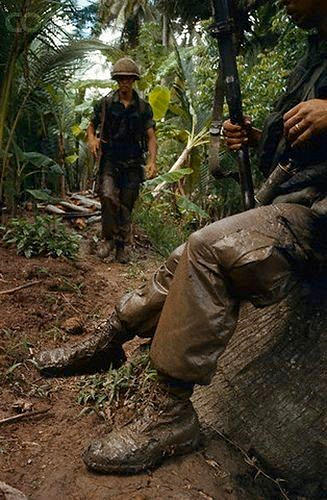
Date: June 7, 2017 Author:
pdoggbiker 46
During the 1980’s, on behalf of the Vietnam Veterans of
America, Chapter 154, I visited with the local high schools and
spoke to the twelfth-grade history classes about my experiences
in Vietnam. My presentation usually began with a photo slide show
synchronized to Billy Joel’s song, “Goodnight Saigon.”
To support this new educational venture, fellow chapter members
joined me in contributing personal pictures from their tours
which were then converted into slides for the projector’s
carousel. Back then, most history books and classes taught very
little about the war and how it affected mostly the “Baby
Boomer” generation. This was just one way of getting the
word out.
These teenage students were in awe during the presentation, staring at the screen – faces exhibiting a mix of emotions. There were no undertone comments or stirring in the room; the students sat transfixed by the images before them and remained extremely attentive during the one hour we were there.

When informed that the soldiers in the slide show were only a year older than most of them, the students all looked to one another in disbelief. Heads began shaking vigorously, and comments like, “no way, not this kid!” turned into a chorus. Video games had not yet been invented, so this was new territory for them.
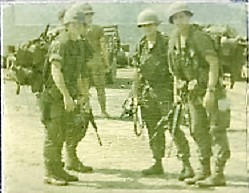
Team ready to fly out to next mission – author is on far right
It was difficult for the students to fathom that food, water, clothing and personal hygiene products were not readily available in the boonies. For the infantry soldiers, meals consisted of canned c-rations; the menu and amount depended upon how much a soldier wanted to carry on his back over the next 3 – 4 days.
Doesn’t sound like much, but
to press my point, I suggested that the next time they went to
the supermarket, they should try collecting a dozen different
meals in various sized cans – taking enough to last 3 to 4
days. I offered up examples like cans of spaghetti or ravioli,
tuna, veggies, soups,
fruit and meats; all should be placed in a single container and
weighed to see what the total might be. Weight meant everything
in the bush and having to carry any more than what was absolutely
necessary was senseless to the grunts. The bare necessities alone
which they carried were ammunition, grenades, trip flares, hand
flares, claymore mines, poncho and liner, mortar round, 100-round
belt of machine gun ammo, weapon cleaning equipment, and personal
stuff inside a waterproof ammo can. Add to it add the food,
water, a steel helmet, weapon and more ammunition.
Speaking of water, let’s not forget that water is a necessity – so how much should they carry? Note: each quart of water weighs a little over two pounds. During the dry season, water sources were not readily available and each soldier had to carry a minimum of six onequart canteens just to get him through to the next resupply – three to four days later. So, in rationing water, the ability to take care of personal hygiene needs such as washing faces, hands, hair or feet was a rare occurrence.
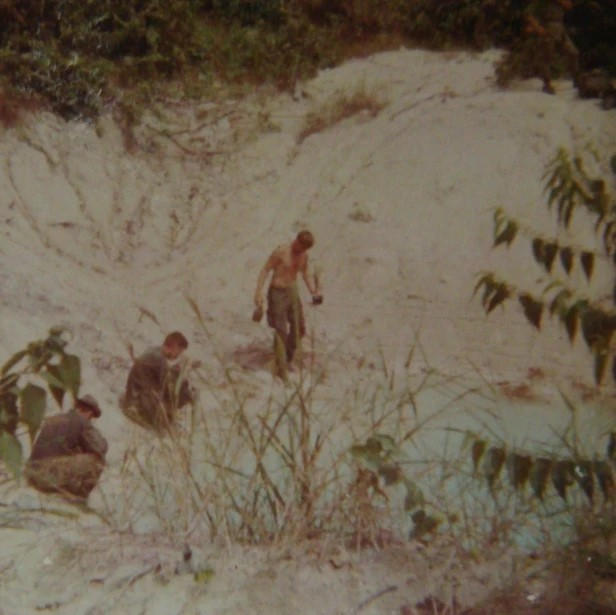
Filling canteens at the bottom of a B-52 bomb crater at the beginning of the monsoon season
During the monsoon season, it rained daily for months, and the water was plentiful. Bomb craters filled with water and became sources for both drinking water and bathing.Canteens filled from these craters or streams had to be treated with iodine tablets to kill parasites and other “organisms and swimming stuff” before it could be consumed – floaties and all. The water was often a murky color and had a slight odor, but after thirty minutes, it was supposedly safe for drinking. I’ve seen times when we ran out of drinking water the day before and came upon a pond or trickling stream to fill canteens. This was a critical time and extremely difficult for us to wait the allotted time before taking a drink. Those who couldn’t paid a price

No time to bathe on patrol – troops simply cooling off
soon afterward – suffering intestinal inflammation and other maladies. Packets of Kool-Aide, lemonade, Tang and others helped to camouflage the metallic taste and “floaties” when iodine was used. Side note: We now know that the defoliant, Agent Orange, had leeched into the groundwater and streams, and rinsed from vegetation when we used to “catch” cold, refreshing rainwater as drops fell through the trees and surrounding foliage during the monsoon season. I don’t think Iodine tablets were strong enough to protect us though!!
The jungle fatigues worn by soldiers were lightweight and designed to dry quickly. However, during these humps through the jungle, fatigues were continuously soaked through with sweat, ripped by thorny vines, worn out by repeated crawling on the ground, and were never available in your size. Extra clothing, sometimes, came out on the resupply, but normally only enough for usually half of the men. As a result, only the worst cases got replacements. Everyone else had to wait their turn until the next resupply. It was not uncommon to wear the same fatigues for three weeks or more. By that time, most were a whitish color from evaporated sweat, stiff and brown from dried mud and sometimes blood, and every pair was ripped and torn throughout. The standing joke was that once removed, the trousers could stand on their own accord.
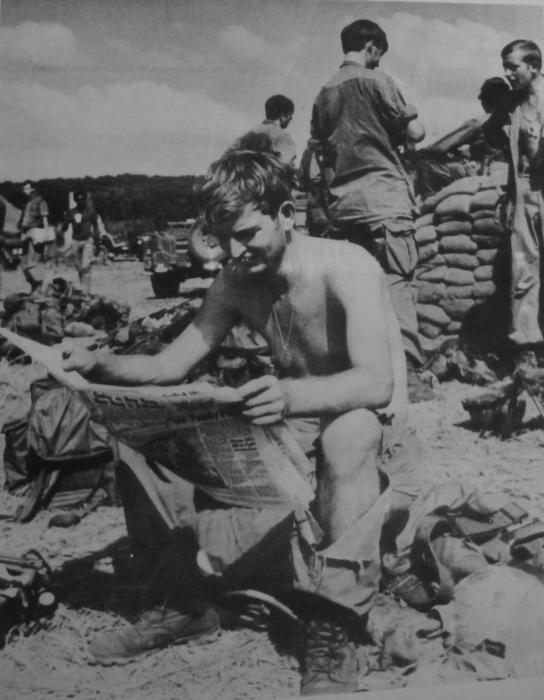
Troop awaiting his turn in the shower at the firebase after returning from a month-long mission
Grooming was another luxury that most of us didn’t have time for. We didn’t carry combs or hairbrushes, shaving equipment, soap, deodorant, toothpaste, and toothbrushes were used to clean our weapons and ammo. Smells carried in the jungle, enabling anyone to zero in on your position – even if they couldn’t see you.
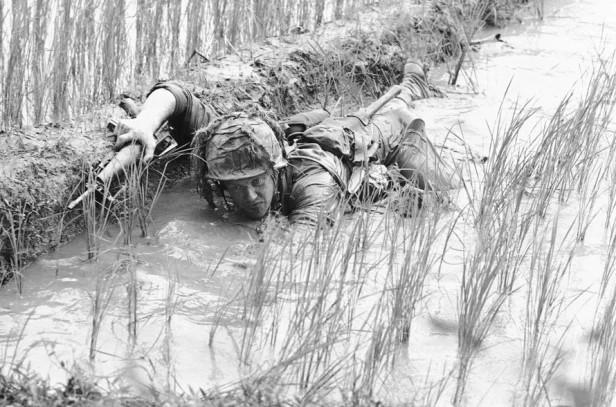
Rice paddy water was full of feces etc. and unsafe to drink even with iodine – smells as bad as it looks
It was best to smell like the
rotting jungle you lived in and offering up the identical scent.
There was nobody to impress in the bush, and most if not all,
could care less. At times, we were able to smell approaching
enemy soldiers because of their diet of fish, rice and fermented
sauce, and
sometimes, the scent of burning weed when they smoked it.
Returning to the firebase after a
month in the jungle was well received by everyone – except
helicopter crews and those in the firebase; all giving us a wide
berth and staying as far away from us as possible. The stench of
returning warriors was unbearable to those greeting them at the
gate. Many of
us laughed because we didn’t notice anything different in
the way we smelled, however, we were quick to note a clean and
sterile, soapy smell as we entered the compound. It’s weird
but true.
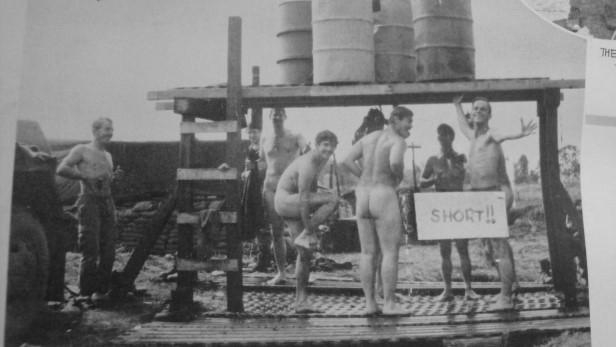
Community shower at the firebase – an exhilarating experience after returning from a mission
Food, water and clothes were in abundance at the firebase – everyone could eat, drink and shower as much as they choose. This short visit only lasted three days. Then, it was time to leave on another month-long jungle adventure.
These are the simple things in life that most people take for granted. Have you ever had to go a day or two without food or water because you didn’t pack enough? What about wearing the same clothing continuously for a couple of weeks or more? How about not bathing, washing or brushing your teeth for weeks at a time? It is difficult to imagine living like this, but to the young soldiers in the Vietnam jungles, this was a way of life. Unfortunately, these conditions contributed to a malady of skin diseases such as boils, ringworm, jungle rot, severe rashes, trench foot, and infected cuts and lesions. Nobody was spared. It was not pretty!
The school, later informed us that we had made quite an impression on the kids as they continued to talk about our visit. As a result, they asked us to return the following year but warned us that they were going to expand it to the entire high school student body. That was great news! I continued to use vacation days to address the schools and received a warm reception from the students during the next few years. My role soon evolved into the need for a “Speaker’s Bureau” in the chapter – adding members and duplicating the slides and projectors as more and more schools asked for us. I soon stepped down and let the “Cherries” carry the baton forward. The students of the era were a hungry bunch, soaking up every word and wanting to learn more and more about what we did in the war. In fact, I’d be willing to bet that many of the same students probably became soldiers themselves and participated in the Iraq invasion in the not too far future.
Above article and photos from the Cherrieswriter - Vietnam War Website
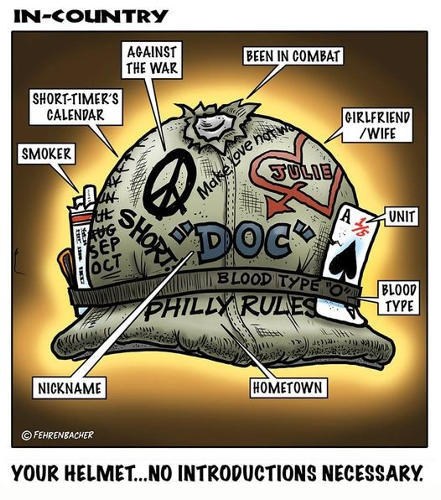
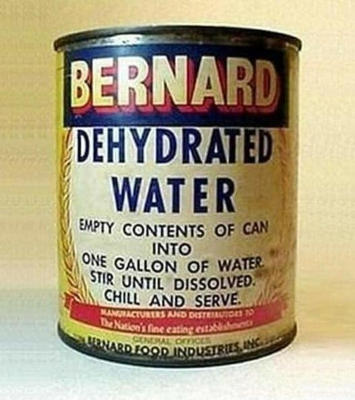
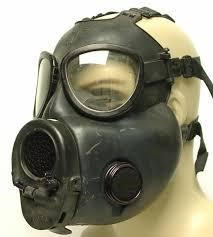
Follow up question to Ray “doc” Hubbard concerning gas mask:
Yes, we did carry them, at least sometimes. mostly was used as a pillow. I have a story about that.... our perimeter was "approached, and our crazy guy started shooting everywhere, instead of out from the perimeter. Next morning, a guy across perimeter from him had 2 bullet holes in his gas mask. End of story: the intruder turned out to be a wild pig.
|
|
|
|
|
|
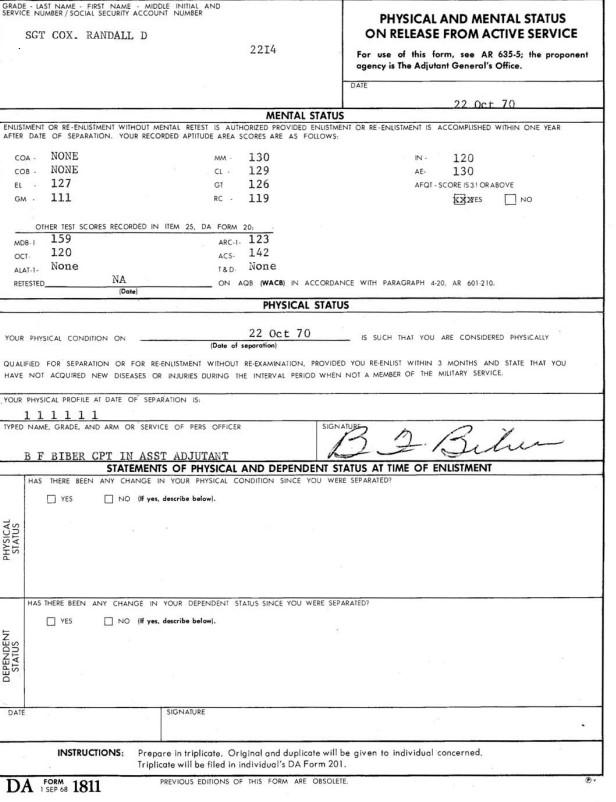

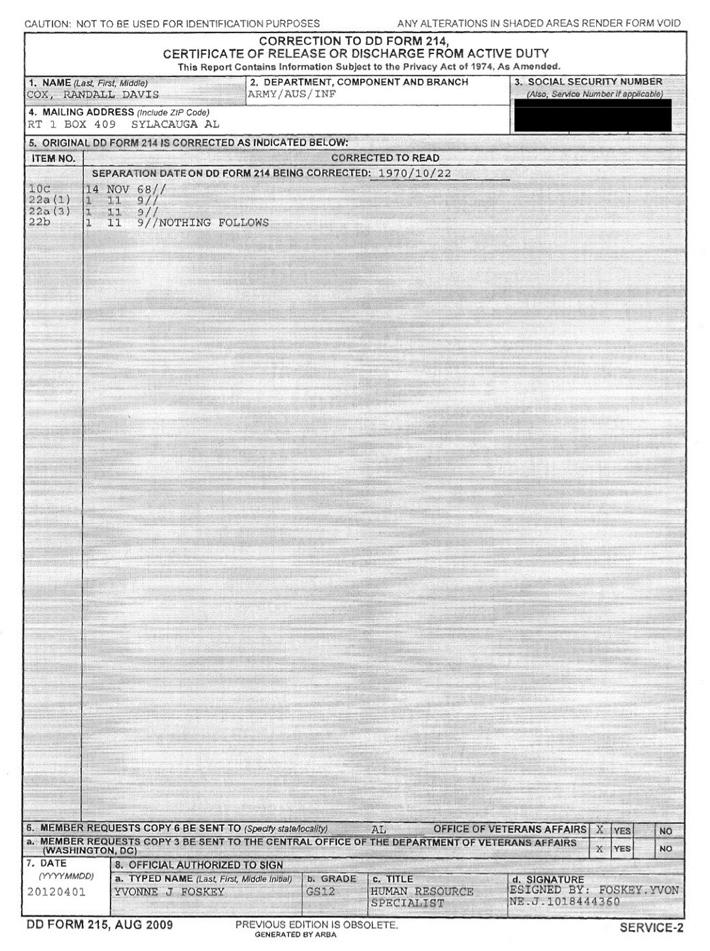

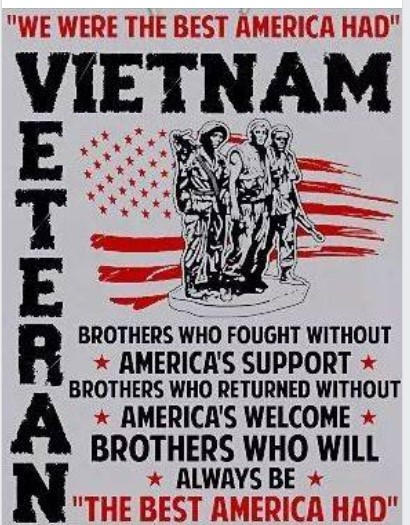
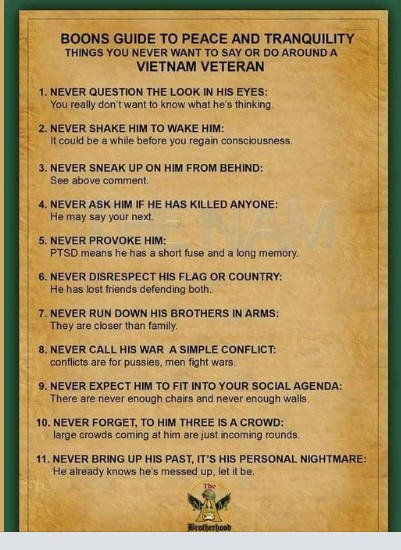
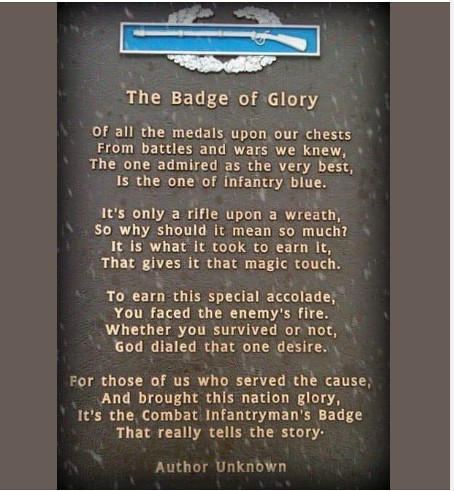

Disclaimer and Copyright Notice:
All images attributed to Randy Cox are copyright © Randall D. Cox 2022.
All "In Country" cartoons are from the In Country Facebook page and are copyright © Phil Fehrenbacher.
All images not attributed to
Randy Cox used in the presentation are done so under the Fair Use
doctrine,
and are not intended as infringement upon the copyright of the
original owner or creator of the image.
They are used here by Randy for non-profit educational purposes,
to help illustrate his story.
If you are the owner of an image
used in the presentation for which there is no credit given,
please contact the website
at c22inf@cox.net so we may credit you as the source, or remove the
image, according to your wishes.
Home | Photos | Battles & History | Current |
Rosters & Reports | Medal of Honor | Killed
in Action |
Personnel Locator | Commanders | Station
List | Campaigns |
Honors | Insignia & Memorabilia | 4-42
Artillery | Taps |
What's New | Editorial | Links |